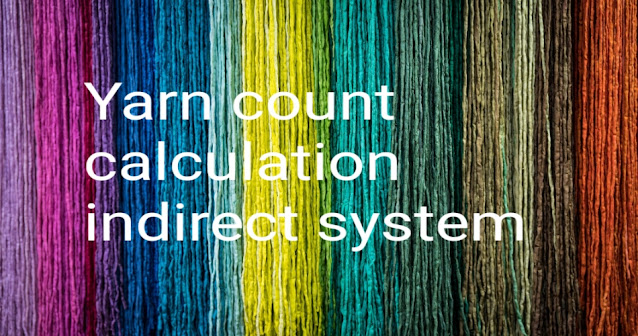What is bubble looks knitted structure of knitted fabric
What is Bubble looks knitted structure of knitted fabric
The term "bubble looks" in the context of knitted fabric likely refers to a textured or raised pattern that resembles bubbles. This effect can be achieved through various knitting techniques and stitch patterns.
A common method to create a bubble-like texture is by using a combination of knit and purl stitches. For example, a pattern might include sections of knit stitches alternating with sections of purl stitches. When these stitches are arranged in a specific way, they can create raised areas that resemble bubbles.
Additionally, certain stitch patterns, such as the bubble stitch or popcorn stitch, can also be used to create a three-dimensional bubble-like effect in knitted fabric. These stitches involve creating additional loops or bumps in the fabric, contributing to the textured appearance.
The term "knitted structure" refers to the overall arrangement and composition of stitches in a knitted fabric. Different stitch patterns, yarn types, and needle sizes can be combined to create a variety of textures and structures in knitted items.
If you have a specific pattern or type of bubble looks in mind, it may be helpful to consult a knitting pattern or guide that provides instructions for achieving the desired effect.
What are the limitation of bubble knitting fabric
While bubble or textured knitting fabric can create interesting and visually appealing designs, there are some limitations associated with this technique. Here are a few considerations:
Yarn Choice: The choice of yarn can significantly impact the outcome of bubble knitting. Some yarns may not hold the bubble texture well, and the effect might not be as pronounced as expected. It's essential to choose a yarn that complements the desired texture.
a) Yarn Choice: The choice of yarn can significantly impact the outcome of bubble knitting. Some yarns may not hold the bubble texture well, and the effect might not be as pronounced as expected. It's essential to choose a yarn that complements the desired texture.
b) Stretch and Drape: Textured patterns, including bubble stitches, can affect the stretch and drape of the knitted fabric. Depending on the stitch pattern and the density of the bubbles, the fabric may be less stretchy or have a different drape compared to simpler knit or purl stitches. This can influence the suitability of the fabric for certain garments.
c) Complexity: Bubble knitting often involves more intricate stitch patterns, which can be challenging for beginners. The complexity may make it time-consuming and require more attention to detail, potentially making it less suitable for quick projects.
d) Bulkiness: Depending on the stitch pattern and the number of bubbles, the fabric may become bulkier. This can be a limitation if you're aiming for a lightweight or delicate garment.
e) Pattern Distortion: In some cases, the placement of bubble stitches may distort the overall fabric pattern. It's essential to follow the pattern instructions carefully to maintain the intended design.
f) Yarn Consumption: Textured stitches may require more yarn compared to simpler stitches, potentially increasing the cost of the project. It's something to consider, especially if you have a specific yarn budget.



